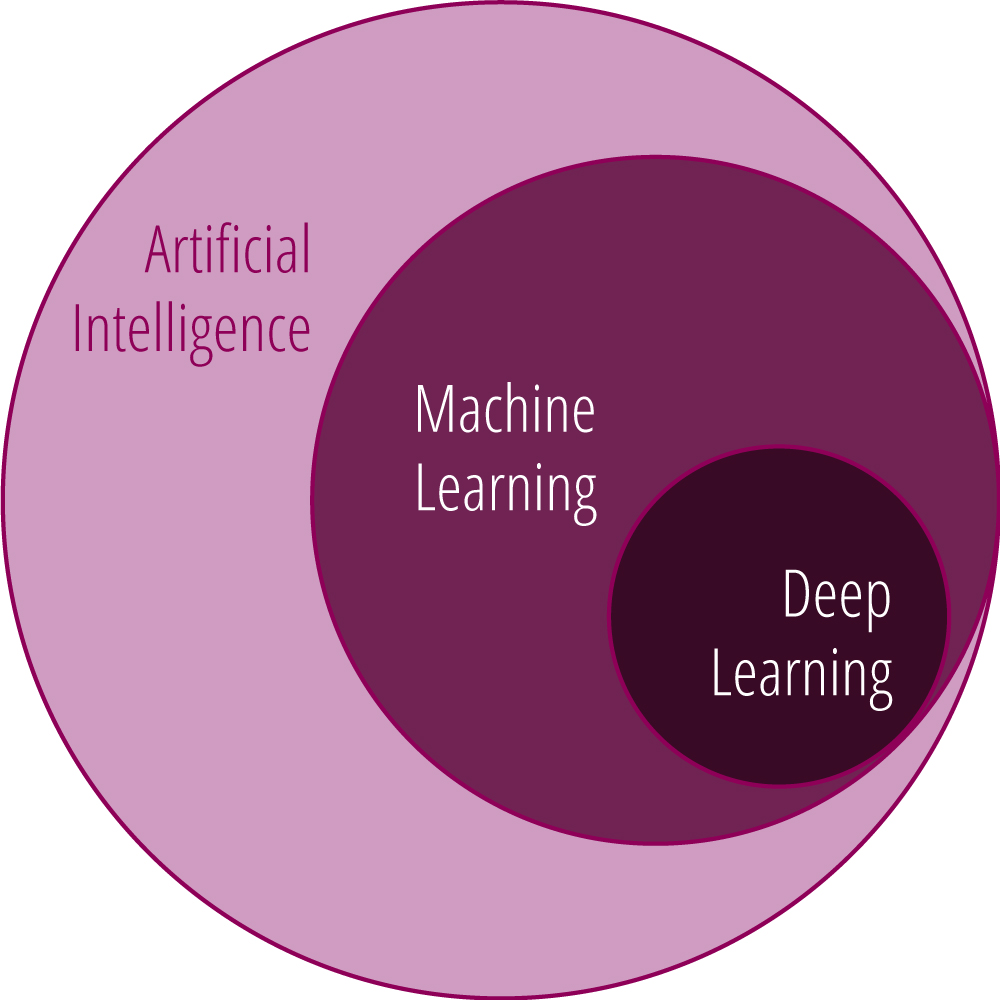
Humans and animals are capable of perceiving, synthesizing what they perceive and applying that information to their lives. Artificial intelligence, or AI, is a branch of science with the goal of developing machines that can function in the same way. Humans and animals use their five senses to gather information, their brains synthesize those details and from there, the information is shared with others. However, machines are more limited and depend on information that is shared with them. If you use the Google search function or Amazon’s Alexa, you’ve used AI applications designed to help you find what you need.
Machine learning is a subset of AI focused on using algorithms to build models from training data. These models then can use this data to make decisions or predictions even though they are not programmed to do so. Basically, the model enables the machine to program itself to solve a specific set of problems. If you use an email spam filter, then you’ve used machine learning.
Artificial neural networks are a subset of machine learning that mimic the way a biological brain behaves and interconnects by connecting and weighting different computer nodes so they act in a coordinated and complementary manner. Deep neural networks, or DNNs, have multiple layers of nodes and inputs/outputs. Self-driving cars use DNNs to recognize objects such as traffic signs and pedestrians.
Today, the broader scientific computing research community has gone beyond classical computational simulation modeling and has started leveraging machine learning models in lieu of, to complement or as surrogates for classic scientific computing models. This emergent modeling paradigm is known as scientific machine learning, or SciML, and has the potential to revolutionize computational modeling.
Here are four of the many examples of how machine learning is used at Sandia to investigate and solve complex scientific problems: